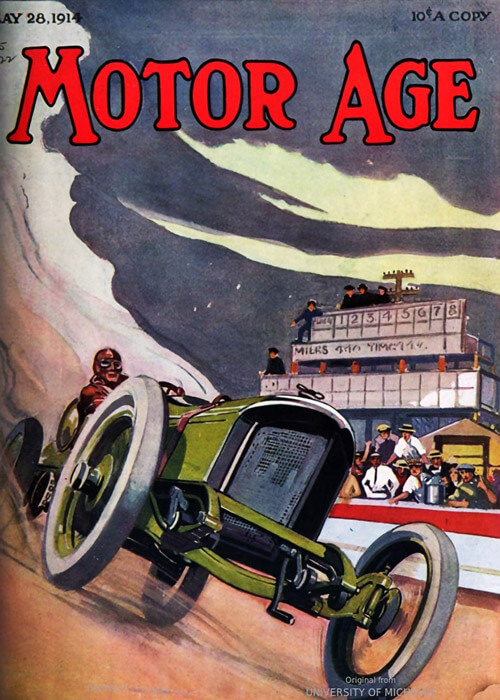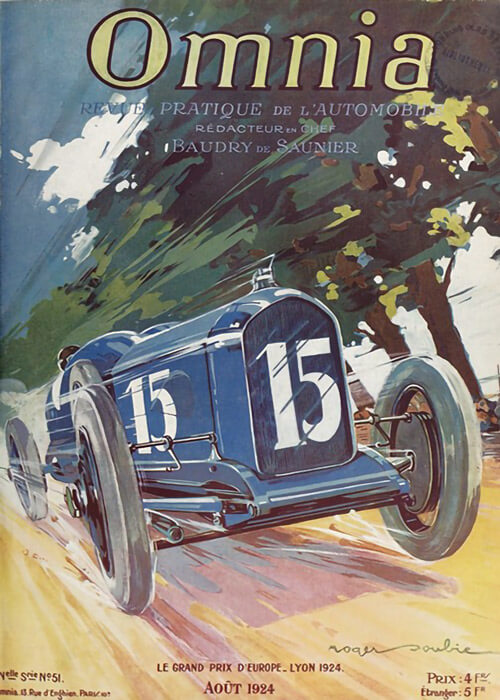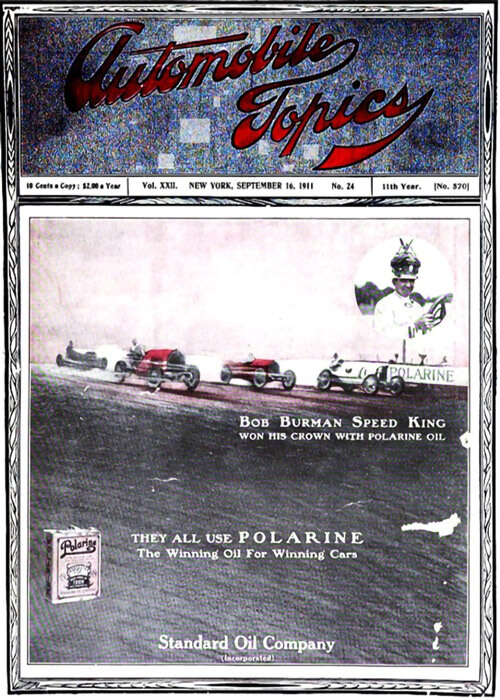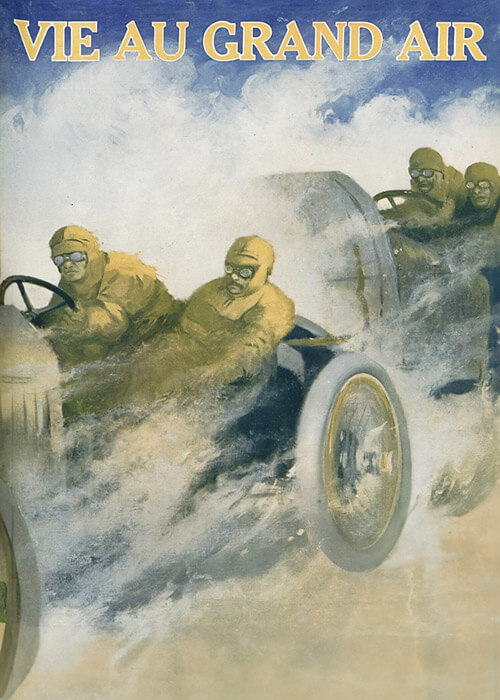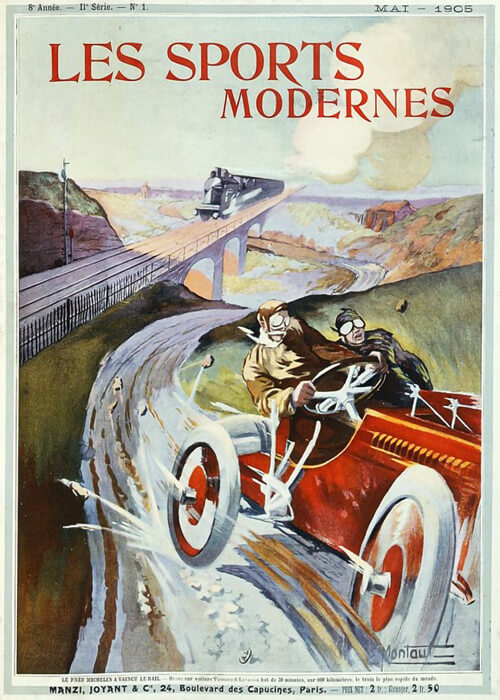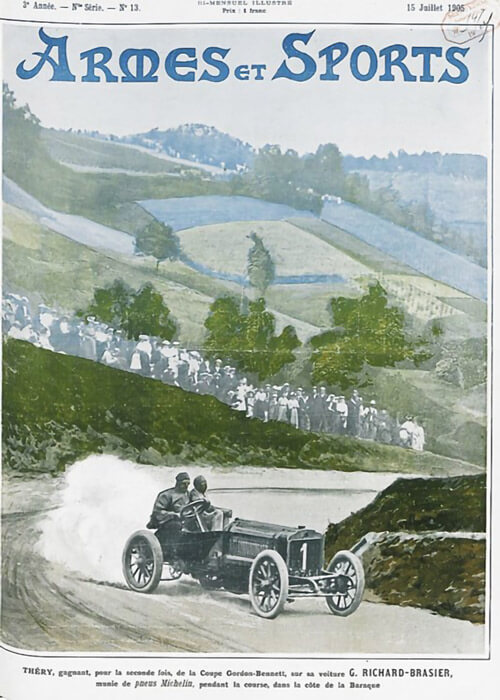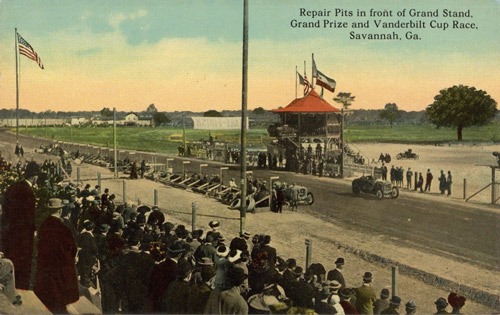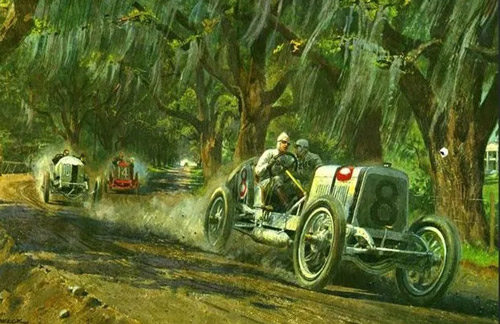Grand Prize
The Savannah Grand Prize races were organized by the Automobile Club of America (ACA). They were held in Savannah, Georgia, in 1908, 1910 and 1911 and were a huge success in those days, thereby challenging already established race series such as the Vanderbilt Cup and other road racing events.
The racetrack, a road course located in the coastal planes of Georgia near to the Atlantic, in the tidal salt marshes from the many rivers leading to the ocean. It was a beautiful track, including both city streets and rural roads. It was lined with old oak trees with silver coloured Spanish moss hanging down the thick robust branches. Most of the track was prepared by convicts and it was one of the best cutting-edge road building techniques of those days. Fifteen of the track’s 25 miles were made by MacAdam technique, in those days a relatively new method, at least in the USA.
The inaugural Savannah Grand Prize took place in 1908. The race covered a distance of approximately 402 miles (647 kilometers) and was won by Louis Wagner driving a Fiat, cementing Fiat’s reputation as a dominant force in early automobile racing.
The success of the first Grand Prize in 1908, prompted the continuation of the Savannah Grand Prize races in subsequent years. Despite an interruption in 1909, the Savannah Grand Prize returned in 1910 and 1911. It even was combined with the Vanderbilt Cup on one and the same track. In later years, the Grand Prize was relocated to Milwaukee and Santa-Monica, but it never again achieved her popular status of the first years again.
Interesting and in-depth descriptions of these races are highlighted in at least two books. Tanya Bailey “The First American Grand Prix” and Julian Quattlebaum “The Great Savannah Races”, the Savannah races of 1908-1911 are described here very extensively.
